Masbedo in conversation with Mara Sartore about their last film Arsa
Masbedo
The artist duo Masbedo engage in conversation with Mara Sartore to discuss Arsa, their latest film set to premiere in Italian cinemas on 24 April 2025. What initially began as a narrative centred around a submerged sculpture has evolved into a poetic and dreamlike exploration of memory, identity, and the place of art in everyday life. Set against the backdrop of Sicily, Arsa weaves the duo’s roots in video art with the language of cinema, offering a raw and profoundly personal vision — and a glimpse of what lies ahead. Produced by Eolo Film Productions with Alción and Rai Cinema, the film is being promoted and distributed by Fandango.
Mara Sartore – “Arsa” was originally meant to be a medium-length film about the discovery of an artefact – a sculpture of a male figure found at the bottom of the sea. How did the film develop from this initial idea?
Masbedo – Well, nothing unusual for our way of conceiving open and evolving works. The idea came from an artistic process, shared with the producer, and it gradually adapted to a growing desire to confront a more cinematic structure, with an open screenplay co-written with Giorgio Vasta. The original idea brought together two elements: a young and powerful girl who represents a world of her own, like an island, and the accidental, at times dreamlike, revelation of an artefact that becomes a fetish of her unconsciousness
For this reason, we drew inspiration from the bizarre story of the equally accidental discovery of the Riace bronzes — two powerful objects that, after a millennia-long journey, suddenly landed in our “present”.
What took time was the thoughtful transition toward a directorial approach, without relying on excuses or shortcuts. Today, we are aware that this step marks an important part of our future.
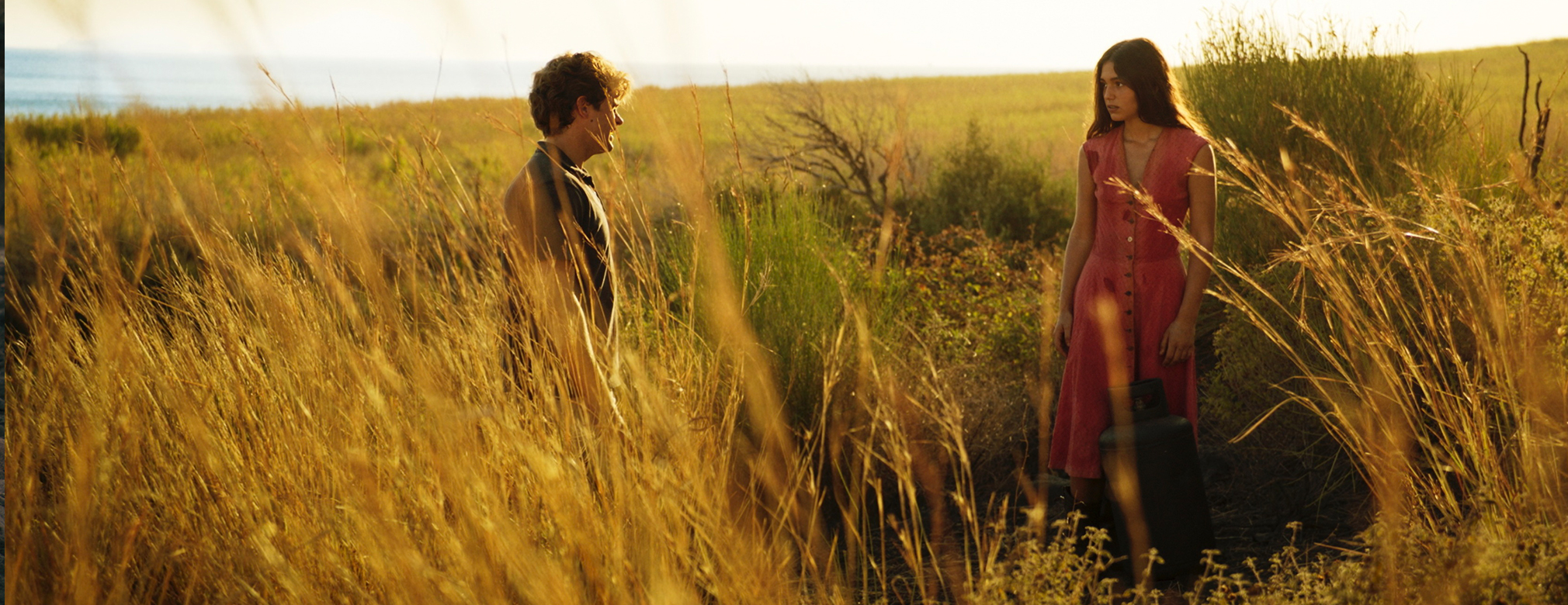
MS – The film contains multiple references to the world of art: an ancient sculpture found at the bottom of the sea, Arsa’s father is a sculptor, and Arsa herself, who transforms found objects in her workshop along with the waste she collects from the beach. What role does art play in human existence for you, and in particular, what is the role of art in this film?
M – This clearly reflects our intention to detach from one system in order to embrace another. Only when you gain the right distance from things can you truly see them more clearly and reflect upon them.
It’s about analyzing art not just by making it, but by understanding its creators.
The aesthetic structure is our own; the references are part of our DNA as Italian artists, even more than European — and this is far from any nationalist reasoning, but it is a sign of something that, by cultural extraction, creates a particular way of seeing and perceiving beauty — a subject always under scrutiny.
There is also a specific moment in the film where Lino Musella and Tommaso Ragno portray two paradigms of an artist’s life: where daily existence clashes with the abstraction necessary for artistic research — where the everyday fails to recognize the artistic gesture and simply asks for “fake beauty”.
To some degree, anyone devoted to research has experienced painful moments when a certain way of producing and perceiving fails to capture your work.
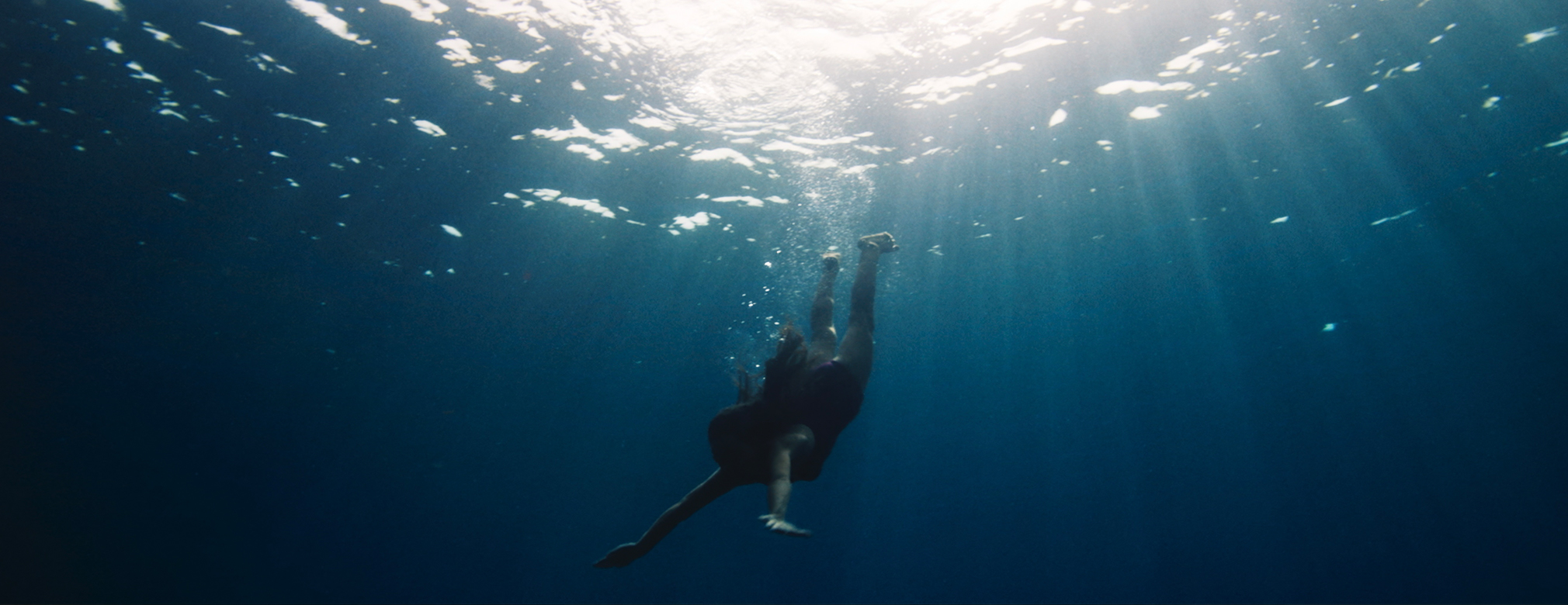
MS – What was the biggest challenge or difficulty you faced while making this film?
M – Losing our freedom — because in our vision, no work is ever complete until chance intervenes — in order to transition, by choice, into a hierarchy of priorities, commitments, and roles.
You cannot learn to manage a film set — you have to live it and turn it into a weapon. You have to come to terms with your best relational skills without losing yourself.
We each reacted in very different ways, and this challenged our idea of working together in communion.
But for this very reason, it was an extraordinary experience, because now we know how to face similar projects in the future.
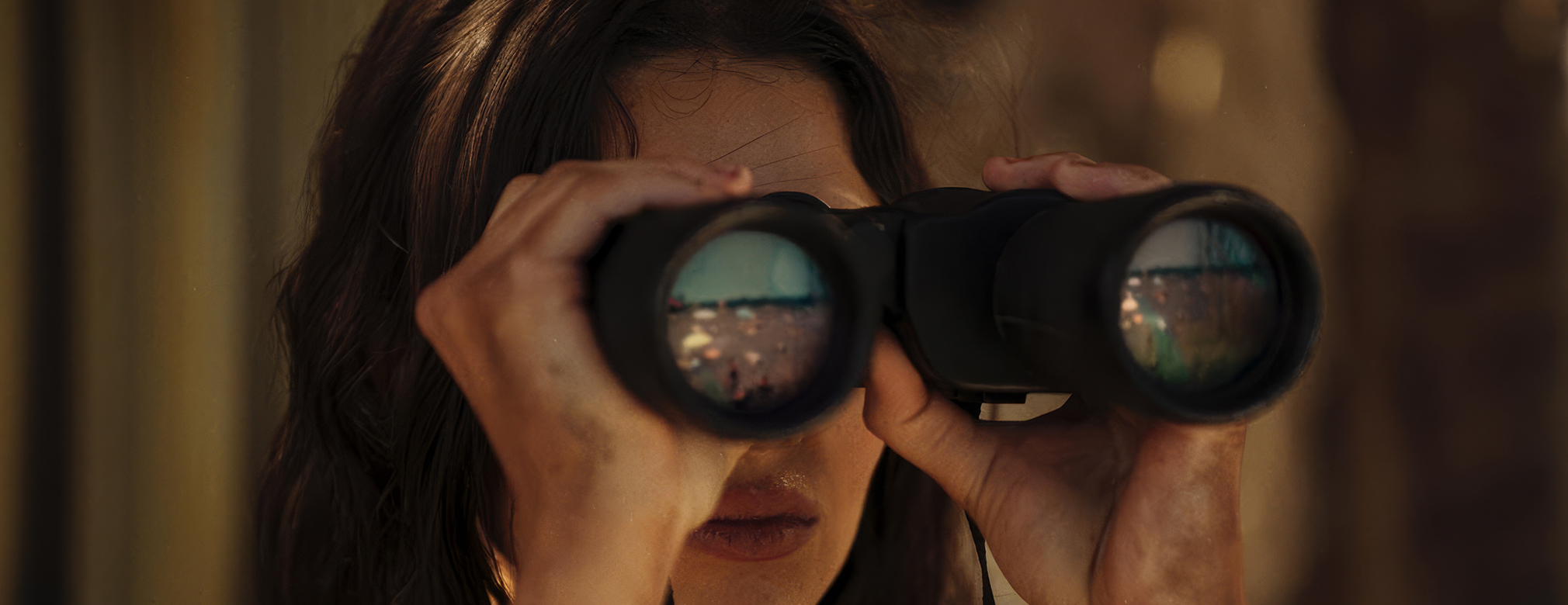
MS – Incommunicability, silence, and emptiness were also central themes in your first film “The Lack”. What lies at the heart of your cinematic research?
M – There’s a personal interest — a lack within ourselves — that becomes a desire to scan human fragility.
Unreality, desire, and the need for a better world — or at least a world different from the real one — are driving forces for us.
We believe critical thinking is essential for the progress of any idea of humanity. Civilization would be greatly impoverished if cutting-edge art disappeared or were reduced to mere entertainment.
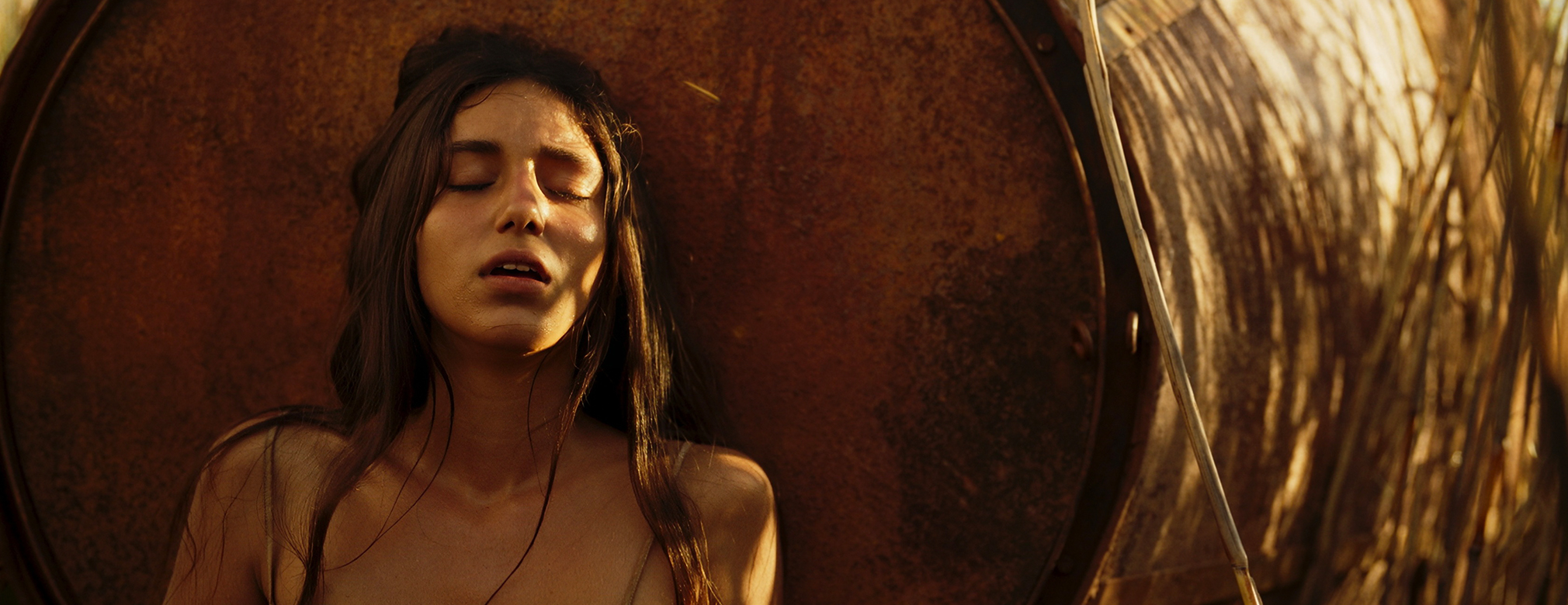
MS – Compared to the video art you’ve created throughout your long career, what has changed with cinema?
M – The shift from a narrative based essentially on images to a structure written in scenes, with their own organicity and internal logic.
From building a work as a performance — something unrepeatable — to replicating the same scene until it reaches perfection.
Cinema is “perfection”; artistic research is instinct, gesture, mark, trace.
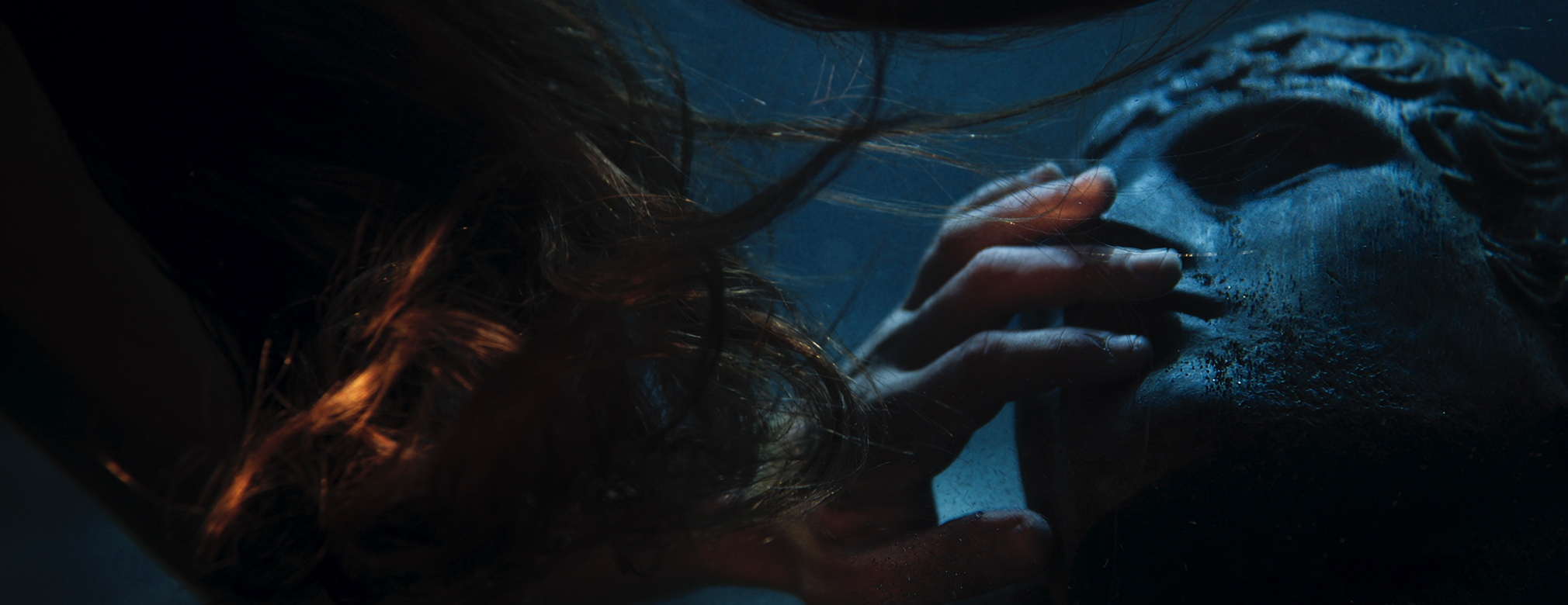
MS – “Pantelleria” was one of your most significant works and brought you widespread recognition. After “Welcome Palermo” and now “Arsa”, this is already your third film shot in Sicily. What connects you to this land?
M – I would also add a significant part of “The Lack” and many other works including “Protocol”.
Indeed, Sicily is a very deep, almost under-the-skin trace in our story. Even though we are not Sicilian, its millenary syncretism has always sent us impulses to work with — just as Iceland has for a long time.
Powerful nature and humanity — places that speak to you in an unconscious way, and without seeking them, they become part of you. For us, they are true open-air studios.
There wasn’t a triggering reason or a project strategy — it simply happened that places and people, if you know how to observe them, resonate with you and your desire to tell stories.
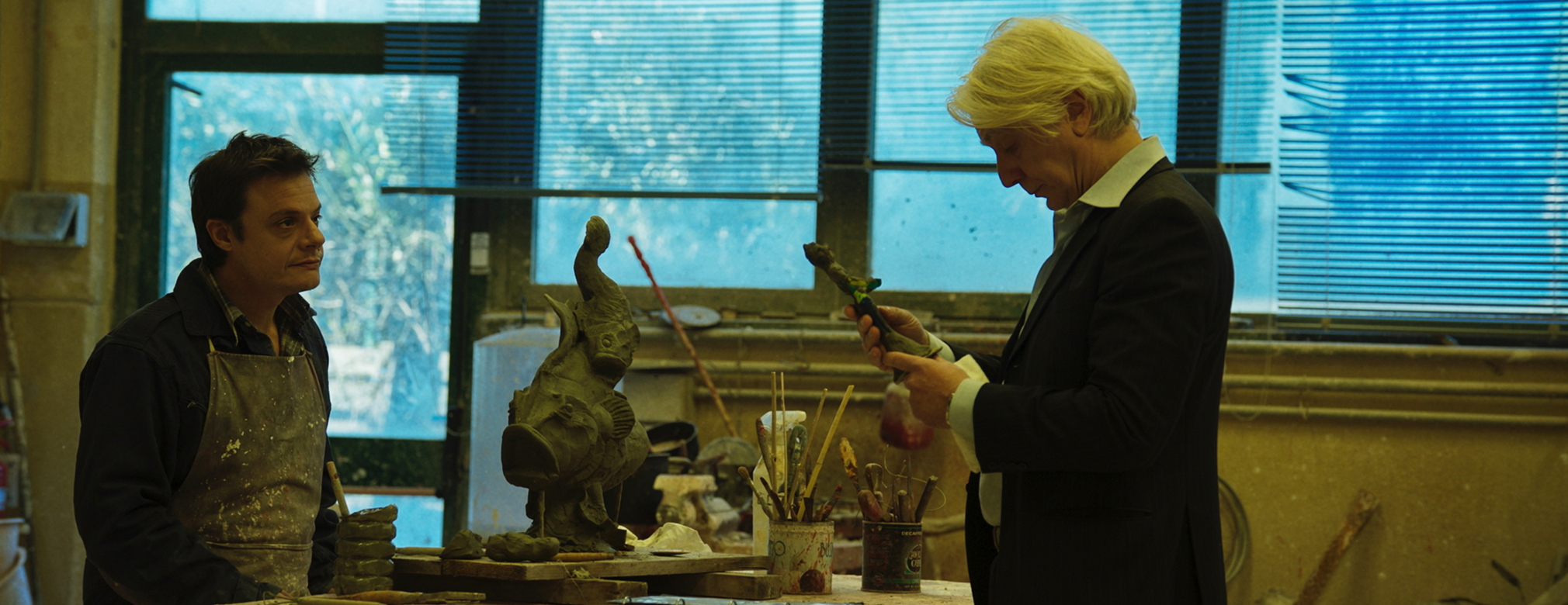
MS – Do you already have your next project on the table?
Yes — perhaps the most complex and ambitious yet, in terms of genre contamination.
Definitely conceived for cinema, but with a structure that can also adapt to being an artistic installation.
And guess what? Sicily will once again be a protagonist.


